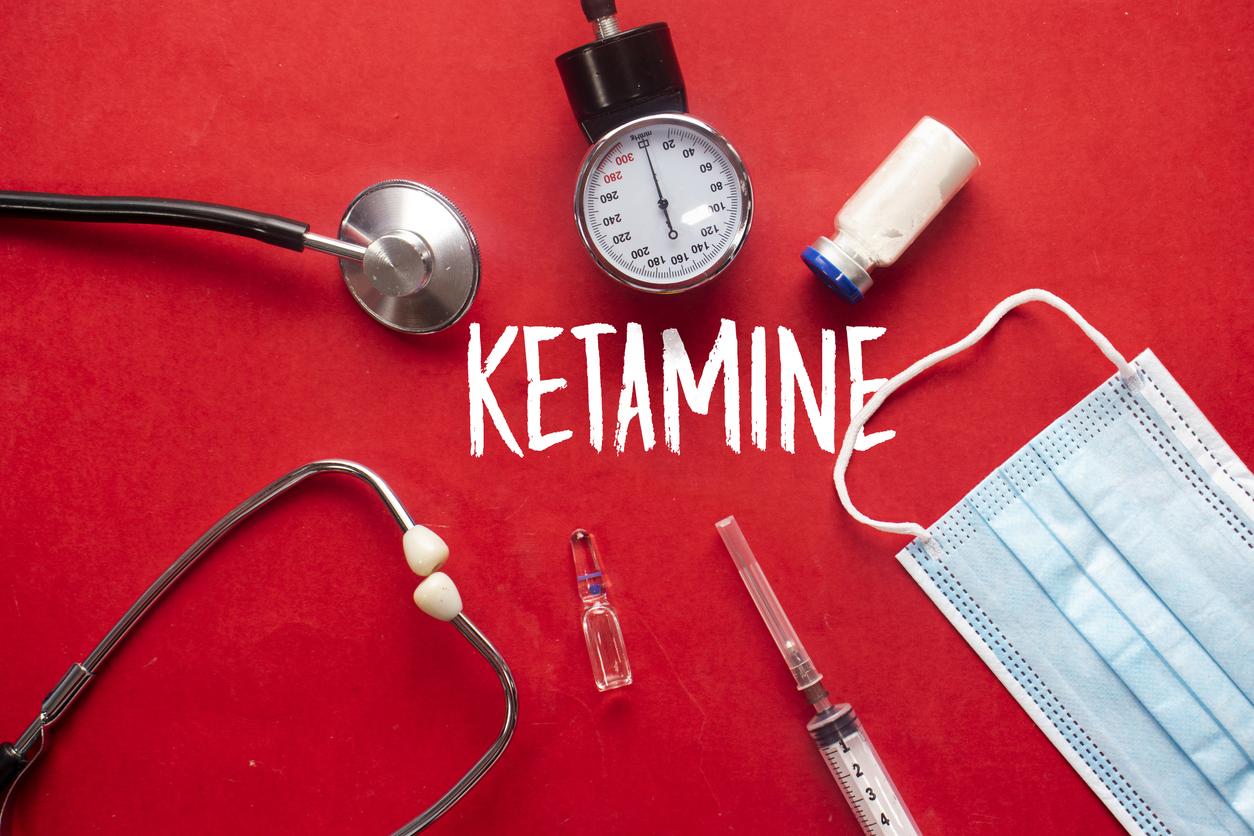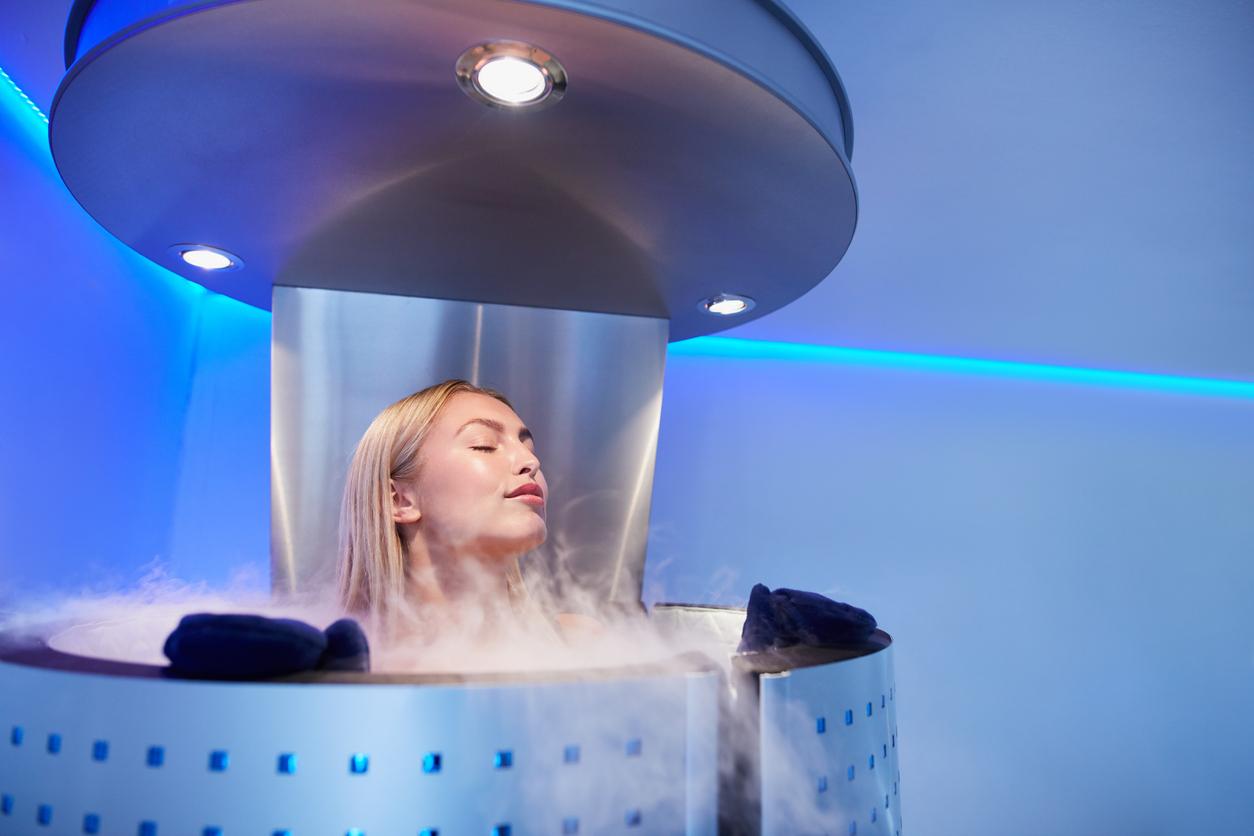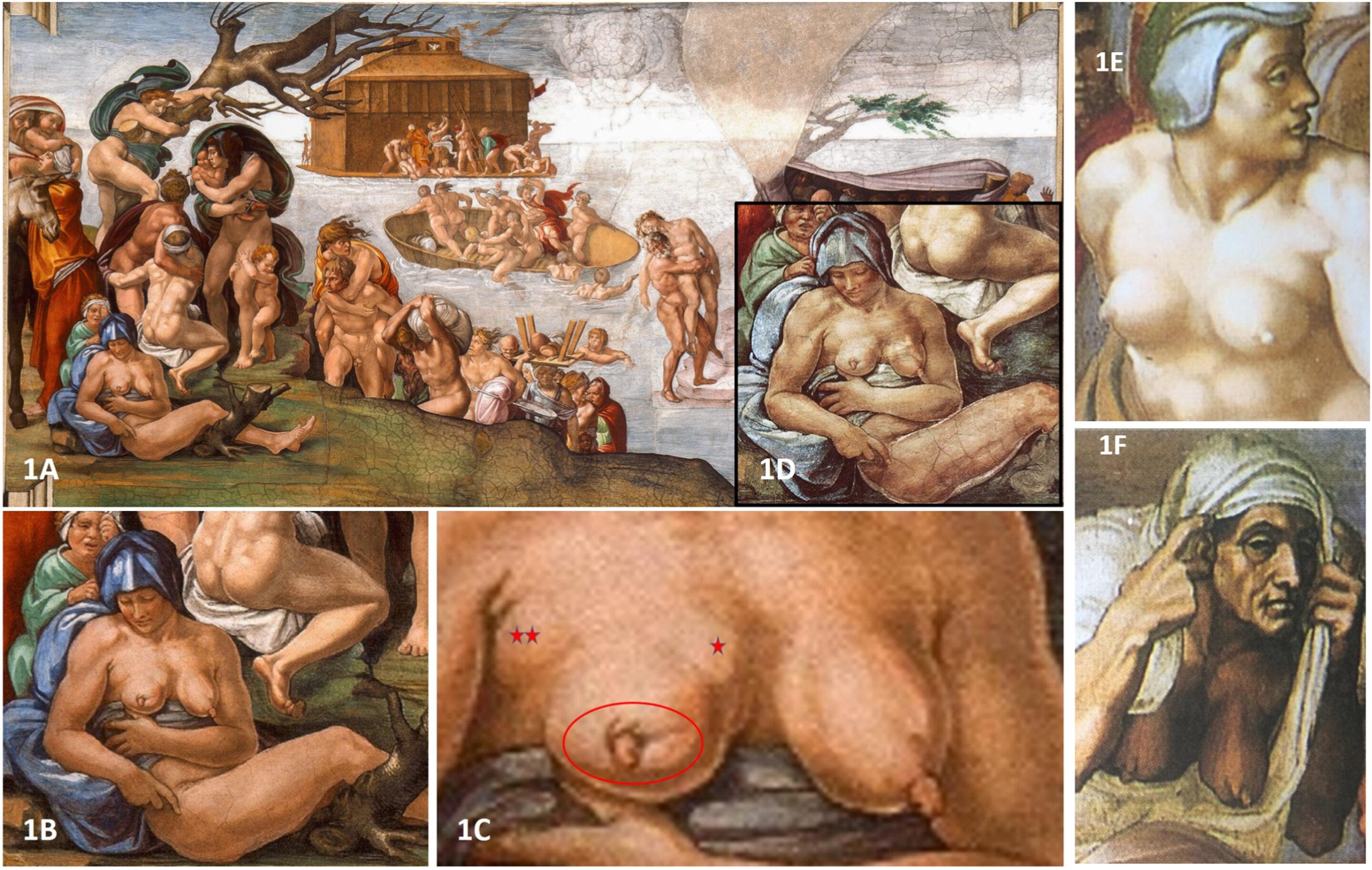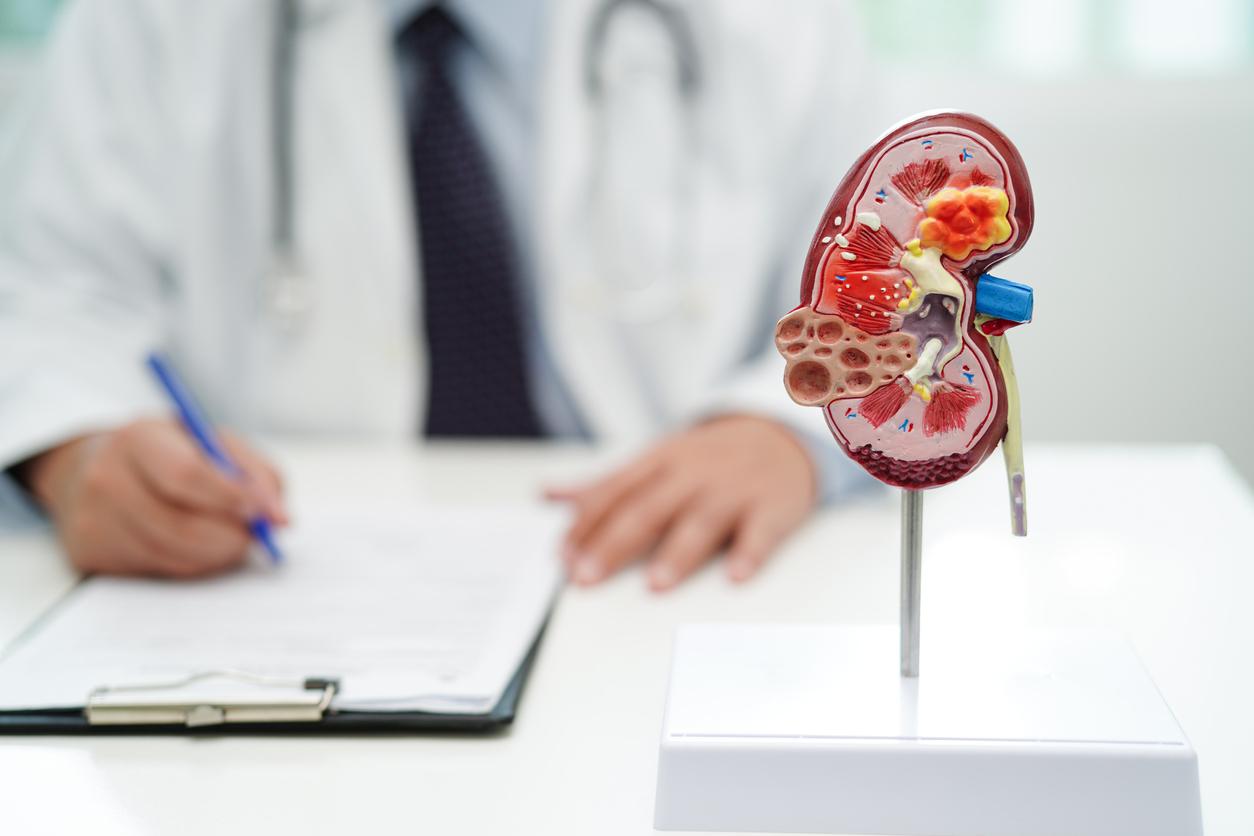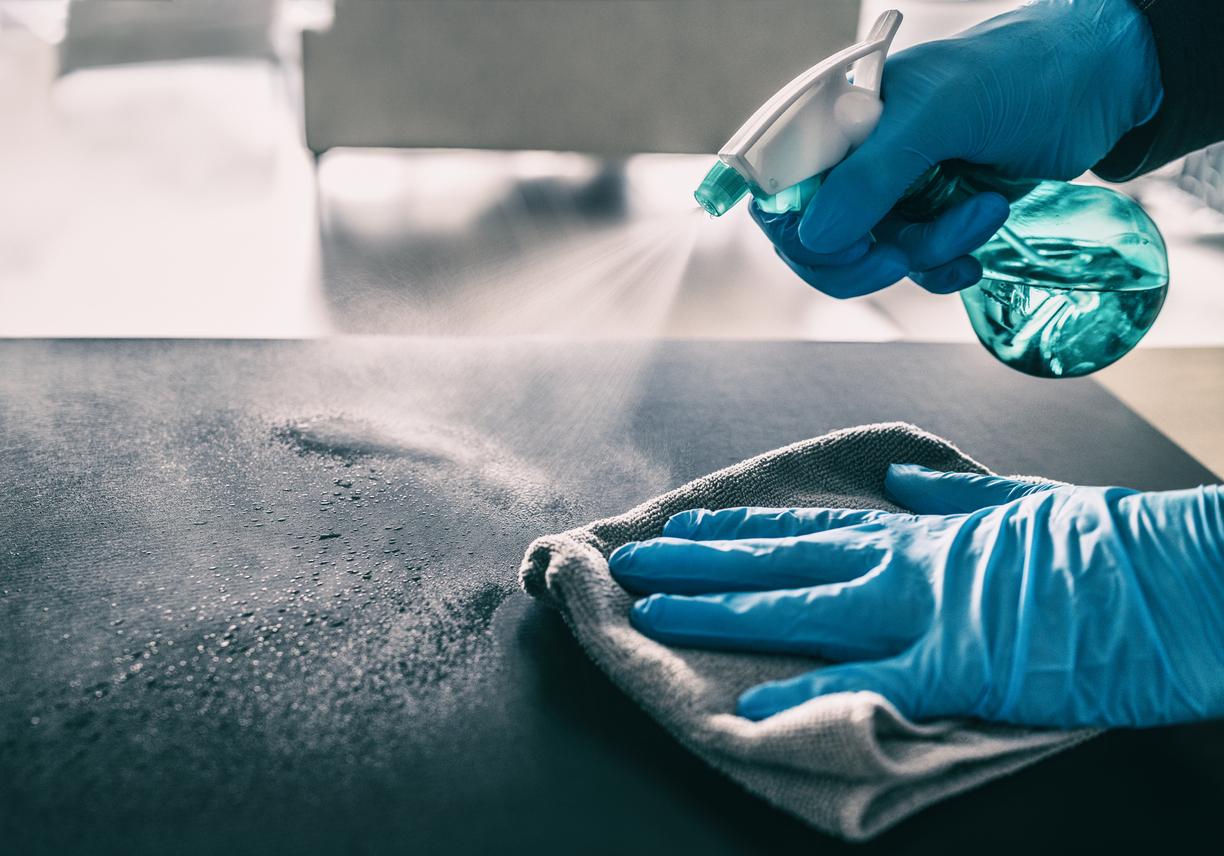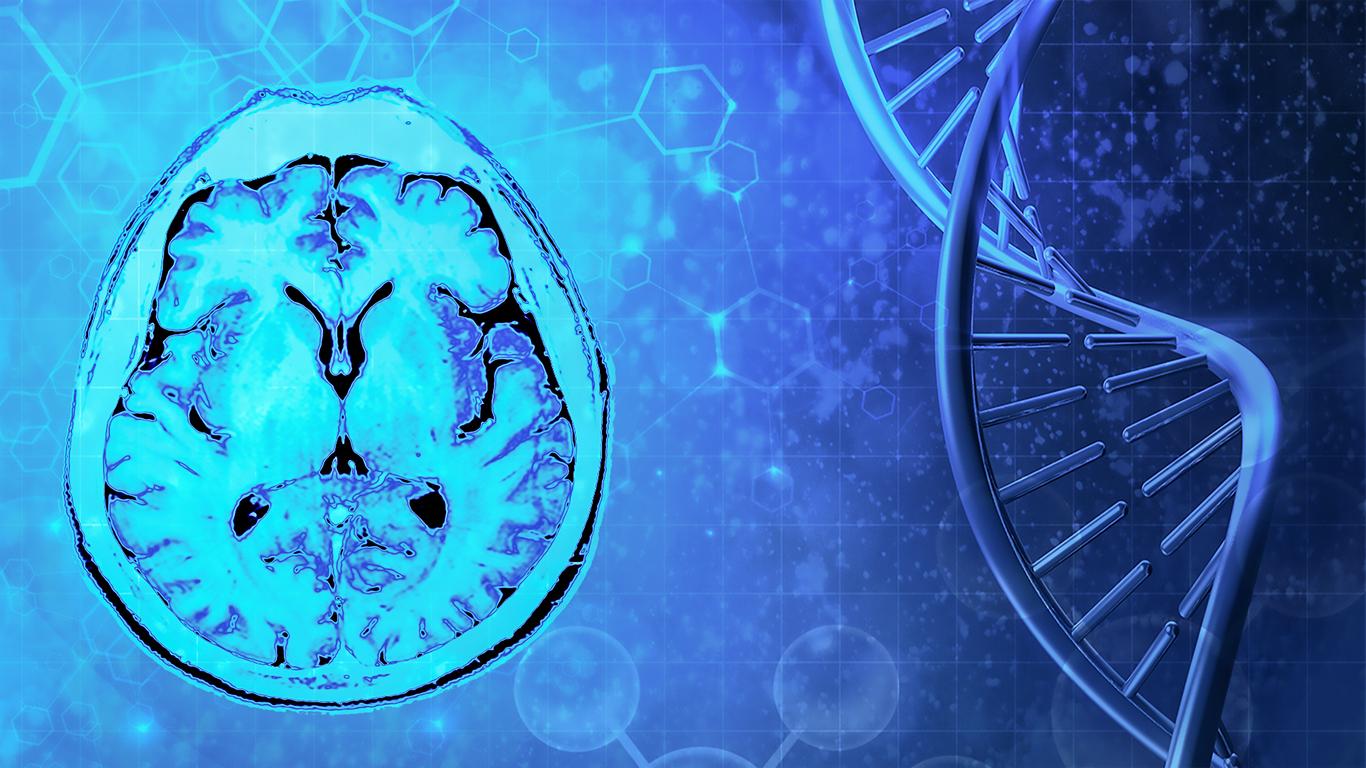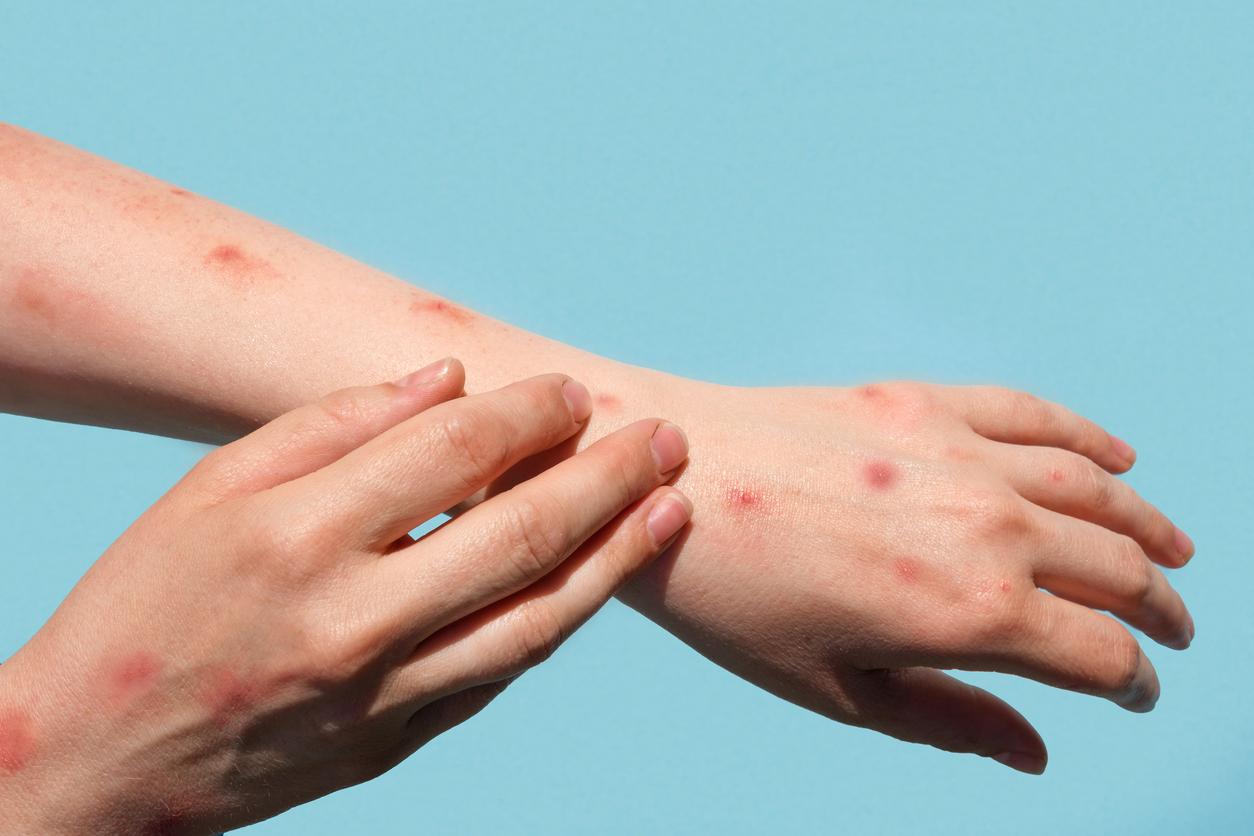In women with breast cancer, the presence of a specific genetic mutation doubles the risk of a tumor in the other breast.
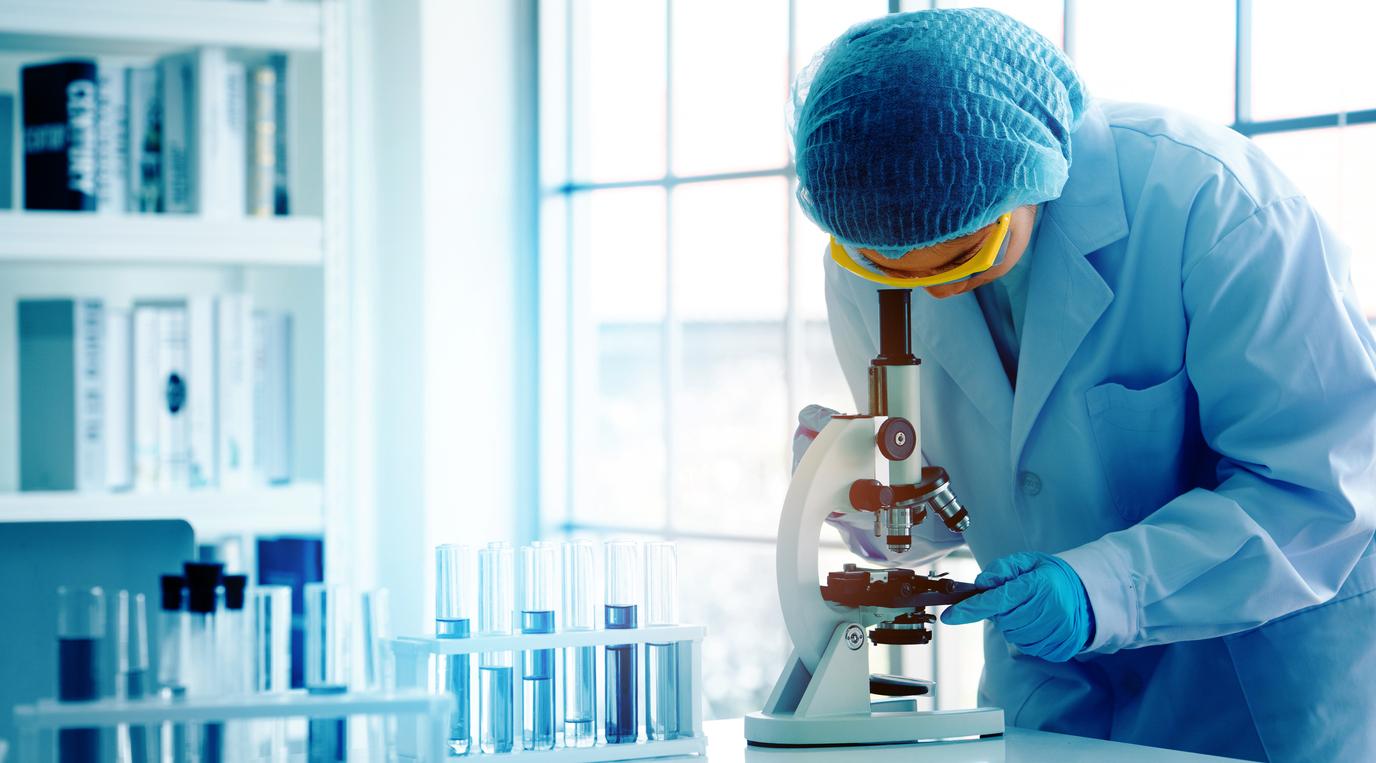
- According to the National Cancer Institute, approximately 2 in 1,000 women carry a BRCA1 or BRCA2 mutation.
- According to the association Ruban Rose, a genetic predisposition to breast cancer is identified in approximately 10% of cases.
Nearly one in 12 women will develop breast cancer during their lifetime, according to theWorld Health Organization. Among them, some will have a second cancer, in the other breast. According to a study conducted by the Mayo Clinic Comprehensive Cancer Center, it is possible to identify women at risk of developing tumors in both breasts: they would be carriers of a specific genetic mutation. The results of their work are published in Journal of Clinical Oncology.
Gene mutations associated with breast cancer
The study is based on data from 15,104 women. Researchers found that patients with a BRCA1, BRCA2 or CHEK2 gene mutation had at least a twice as high risk of developing cancer in both breasts, known as contralateral breast cancer. The first two mutations have already been linked to breast cancer. “Being a carrier of a mutation in one of these genes does not systematically result in the appearance of cancer, but increases the risk of developing one.specifies theNational Cancer Institute. This is called a genetic predisposition“Both genes are involved in the “repair of damage that DNA regularly undergoes”, thus, in case of mutation, this function is disturbed and this increases the risk of tumor. The mutation of the CHEK2 gene has also already been associated with breast cancer: its name corresponds to Checkpoint Kinase 2. This gene is also involved in DNA repair.
The ATM gene performs the same function, but according to the authors, the presence of a mutation in it is not associated with a higher risk of cancer in both breasts. Finally, the presence of a mutation in the PALB2 gene may be associated with a risk of breast cancer, particularly in women under 40, but it would not increase the risk of tumors in both breasts. “Among PALB2 carriers, the risk of contralateral breast cancer was significantly elevated only in those with estrogen receptor negative disease., complete the authors of the study. This term refers to triple negative breast cancers.
Identify genetic mutations to reduce bilateral tumor risk
“The results provide important information that will help to develop a personalized assessment of the risk of contralateral breast cancer in our patients with genetic mutations.“, explains Dr. Yadav, one of the authors of the study.Having this level of detail will help guide decisions between patients and their care teams about appropriate screening and steps to reduce the risk of contralateral breast cancer based on more accurate and individualized risk estimates.“Co-author Dr. Couch points out that many women undergo bilateral mastectomy to reduce the possibility of a second breast cancer.”Now we have data to work with to make the decision to remove the second breast, pursue increased monitoring, or take preventative medication.”he believes.




